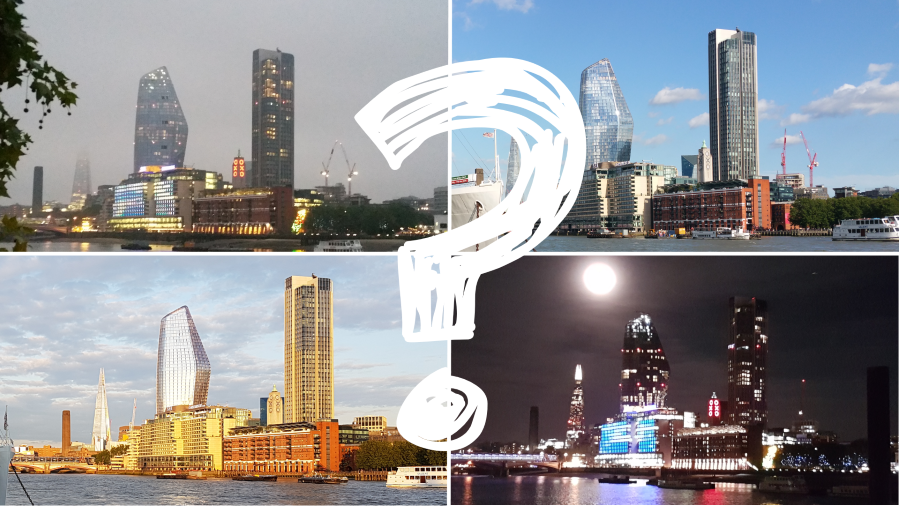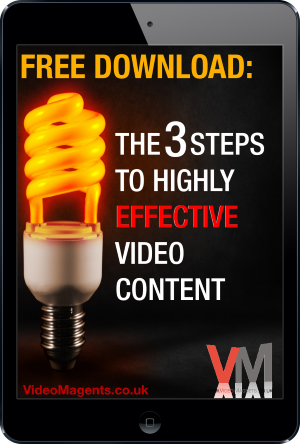
Tate Modern, the Shard, the Sail, and the OXO Tower with an ugly high rise muscling in next to it – four times the same panorama.
So what is the difference?
Primarily the light, I agree.
Would this difference be interesting enough to justify showing you more of the same? I do have a few more shots of this scene. Or would this just be boring?
That depends on how you look at the pictures.
Here is one way:
And here is another way of looking at the same images:
The same images are in both videos while everything else is radically different.
And that is the point I want to make.
It’s not so much a point about my extra-ordinary photographic skills with a smartphone but about business videos, especially on LinkedIn, the social media platform for all matters business.
Most business videos on LinkedIn look pretty much the same:
People take a laptop or a smartphone and talk into it frequently at a strange angle offering an intimate view of the speaker’s nostrils. They largely also sound the same. (Let’s ignore the content for the time being.)
Business owners are doing this because they are told that they need to create videos to stand out. And they are also told to create videos the fast and easy way, not to spend too much time on them.
The good news is that video and film production is no longer the privilege of a moneyed elite. Today, everyone has access to the tools that produce video content of high technical quality. That’s the easy part.
The bad news is that it is not so easy to achieve high production quality. By this, I mean videos that look and sound great and where image and sound support their content in captivating and keeping the audience’s attention.
It is no longer enough to create a video to stand out and be noticed.
Today, we need to create videos that stand out if we want to be noticed.
But how?
Video is the most powerful online medium to tell stories. Because video is audio-visual and appeals to more than just one sense it is also the most powerful tool to evoke emotions.
To stand out from all the other sameness, you not only have to tell a good story but you also have to focus on the way your story is perceived, on the way it sounds and looks.
This requires mastery of four elements:
- The way the video sounds: your voice and your soundtrack.
- The way your video looks: your static and moving images.
- Of course, the story you tell.
- And how it is all edited together.
The aim, as I said, is to captivate your audience and to keep it engaged.
It does not matter how we order these four elements; they are all indispensable. We need them all if we want to be noticed. As a minimal requirement, though, the first point was listed in this position not entirely by chance. Good sound is universally recognised as the most important part of a video.
This brings me back to the two very short videos I showed at the beginning of this blog post.
With the same images, I tell two totally different stories where the soundtrack not only supports the story but dictates its rhythm and serves as the skeleton for editing, speed and atmosphere.
These are the stepping stones to the creation of successful videos.
If you want to delve more deeply into the four elements, follow the links highlighted in this blog post. They lead to various categories I covered in my A to Z of Videos for Professional Services where I describe these stepping stones.
And for any questions or if you want to comment or discuss any of the issues raised here, join us in my Facebook group (Videos for Professional Services) and let’s talk.

